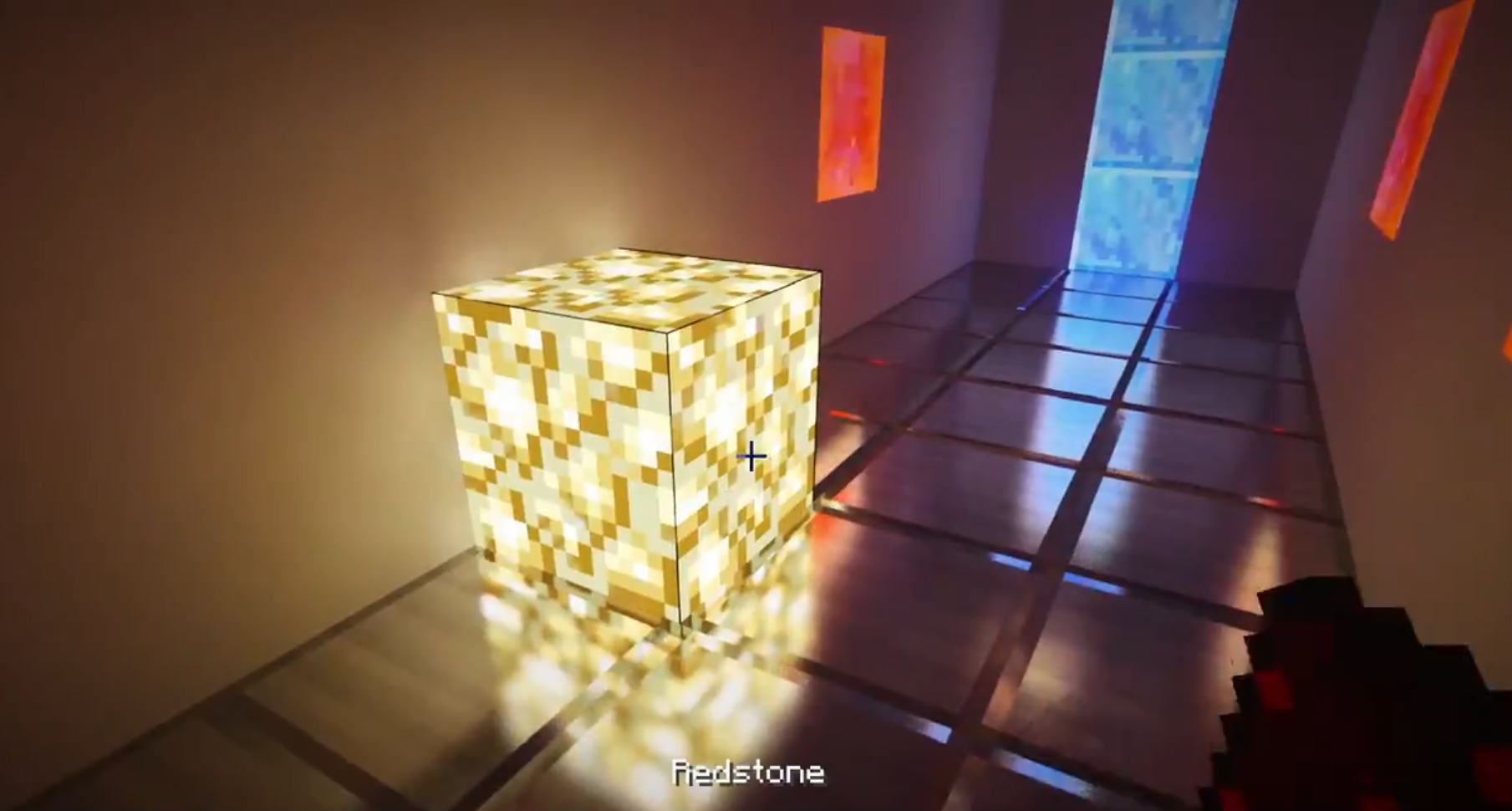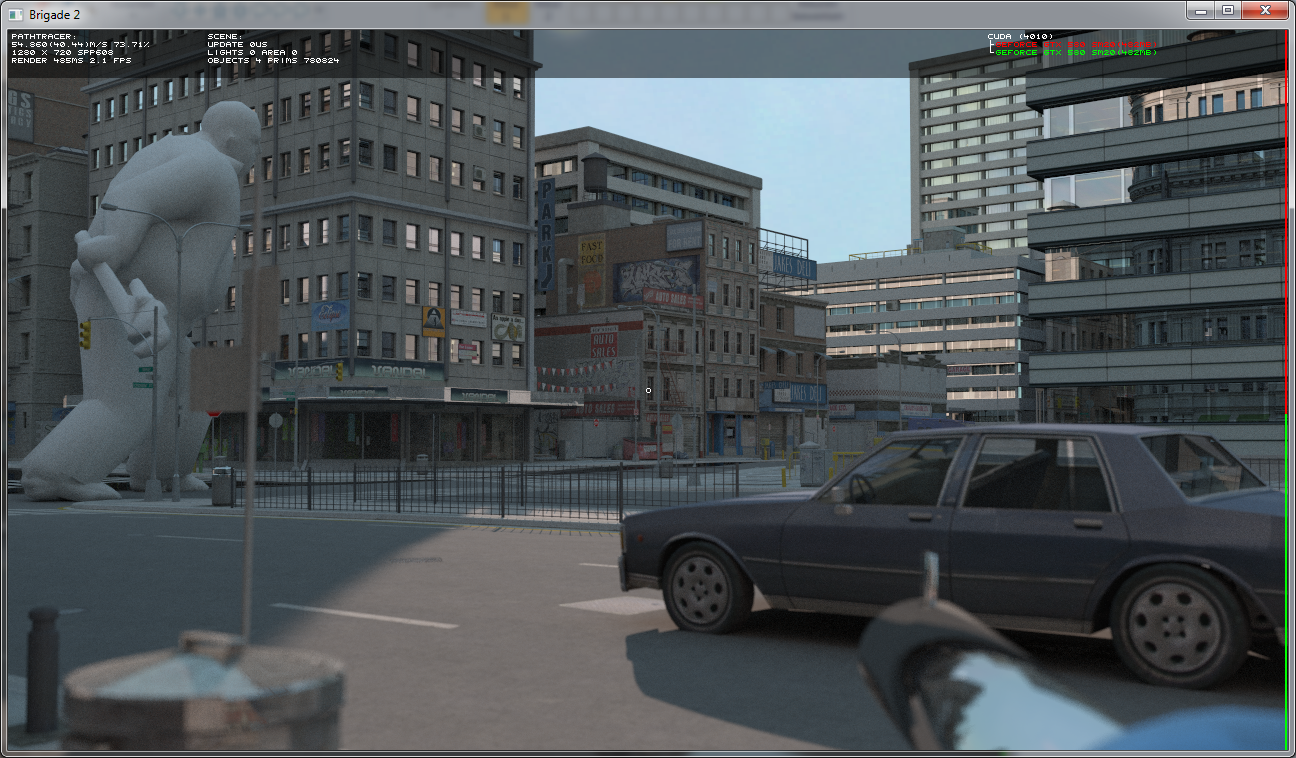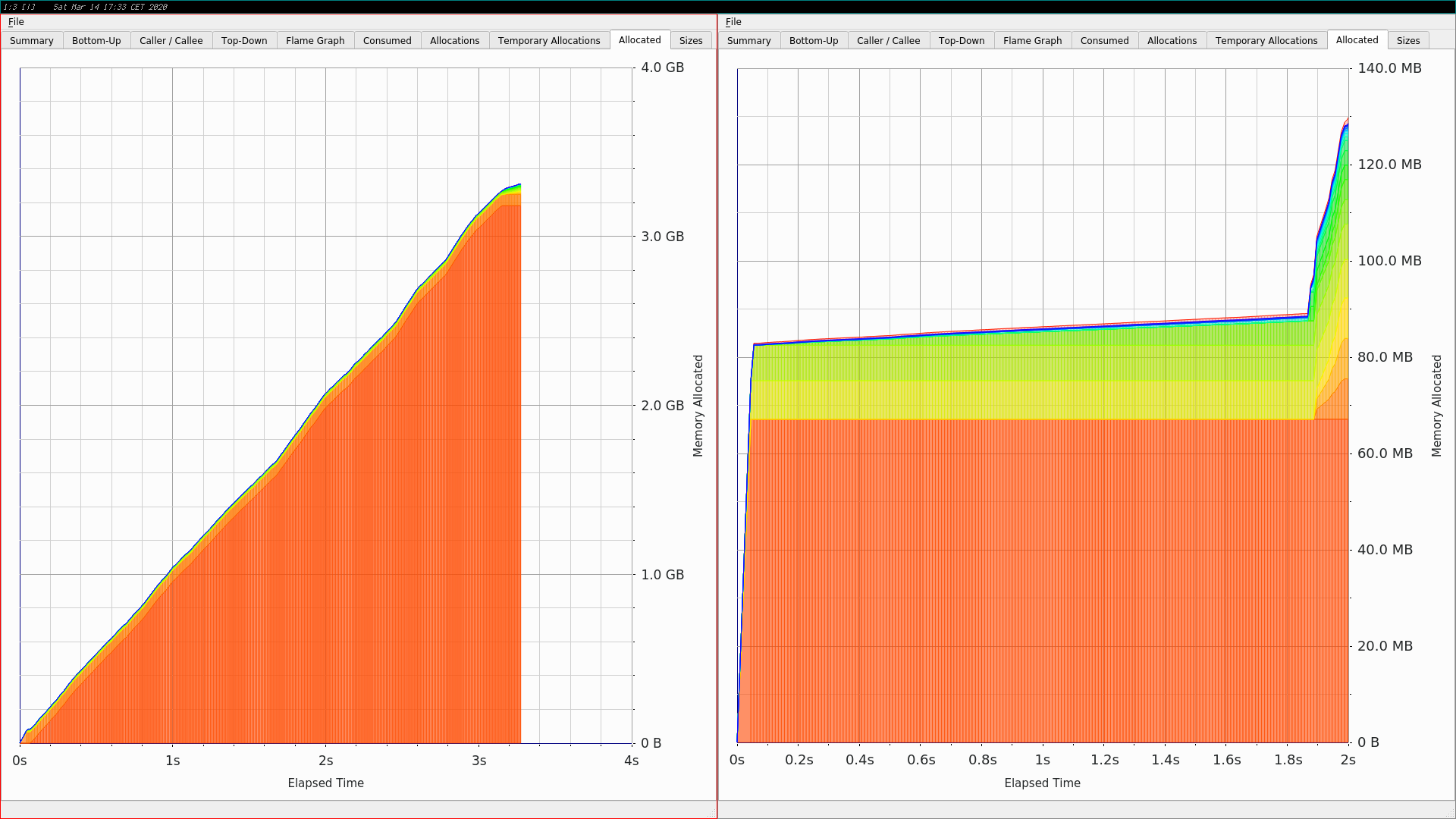Path Tracing Vs Ray Tracing. When using path tracing for rendering, the rays only produce a single ray per bounce. The rays do not follow a set line per bounce, but rather shoot off in a random direction.

Essentially, an algorithm can trace the path of light, and then simulate the way that the light interacts with the virtual objects it ultimately hits in the computer-generated world.
It is not dynamic but a number of tricks using floating point math works out pretty good.
Path tracing is the easy-to-code way of implementing global illumination via ray tracing. The PowerVR ray-tracing architecture exposes fast 'feeler' rays that only check for the presence of geometry along the ray, which makes them particularly suitable for efficient shadow rendering. Now that the hardware in consumer-grade machines has reached a point that ray.






